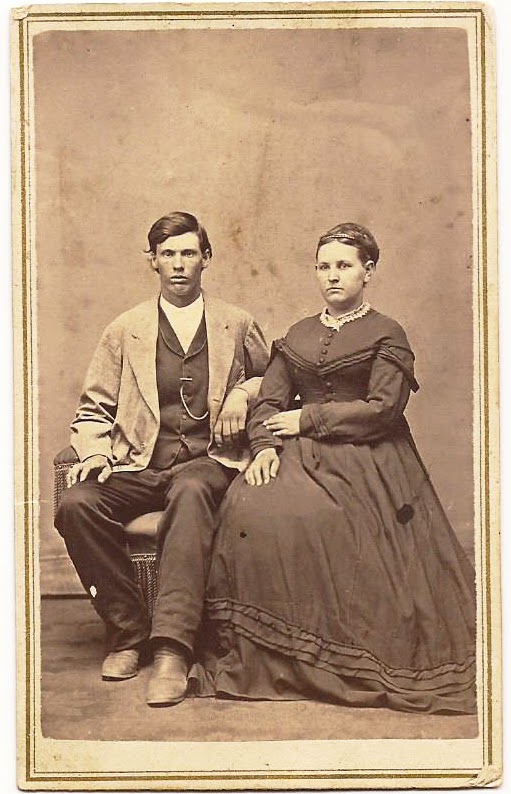.PNG) |
| Ada Elizabeth Worland, age two. The Indianapolis News, 24 Jun 1902, p. 3 |
At birth [she] weighed but one and one half pounds. She now weighs 16 pounds and is 28 inches tall. Her case is considered one of the most remarkable on record. She was a 6-months child and so frail and delicate that it seemed that the least breath of air would blow her away. There seemed no possiblility of saving her life. The twin brother died at birth.
 |
| Source: http://www.uh.edu/engines/epi2279.htm |
Dr. Conger... conceived the idea of trying the incubator plan. A soap box was secured and a can containing one and one-half gallons of water was placed at the bottom. A board was placed on top of the can and this was covered with cotton. The top of the box was covered with a pane of glass and holes were bored in each end of the box for ventilation. A sponge was hung inside to keep the atmosphere moist and a thermometer to regulate the temperature was suspended from the roof.
Nourishment was given the child by inunction [rubbing ointment or oil into the skin] and she lived on in spite of everything and grew stronger and stronger. The water was changed frequently and the temperature kept at 90 degrees. The incubator, which had been tried simply as an experiment, proved the means of saving the infant's life. (Indianapolis Sun, 31 Dec 1901, p. 5)
Ada Elizabeth Worland was born in Indianapolis on January 26, 1900 at a time when many premature babies did not survive. Fortunately, Dr. Charles Conger knew something about infant incubation, a treatment that was not yet widely used. Elizabeth Conger, Dr. Conger's wife, was also a trained medical doctor and assisted with the case. Ada's parents expressed their gratitude to the Congers by using "Elizabeth" as their daughter's middle name.
By 1902, Ada was thriving. About this time, however, Edward Worland contracted an illness that lasted for several months, rendering him unable to work. To provide for the family, Nadia Worland sought employment.
Mrs. Worland is a pretty and gentle little woman, and not afraid to work... A firm in the city supplied her with a wagon and horse, and she peddled oil about the streets until she had nearly 150 customers. About two weeks ago her husband was able to return to work, and the young woman abandoned her unusual vocation and is once more looking after household affairs. (The Indianapolis News, 24 Jun 1902, p. 3)
Tragically, Nadia died of typhoid fever at the young age of 25, a few months after the above article was published. Ada was not yet three years old. After her struggle to survive, it is sad to think of Ada being deprived of her mother. I don't know very much about Ada's life after this point -- I hope things got a little easier for her. She eventually married, had three children of her own, and lived to be 84 years old.






